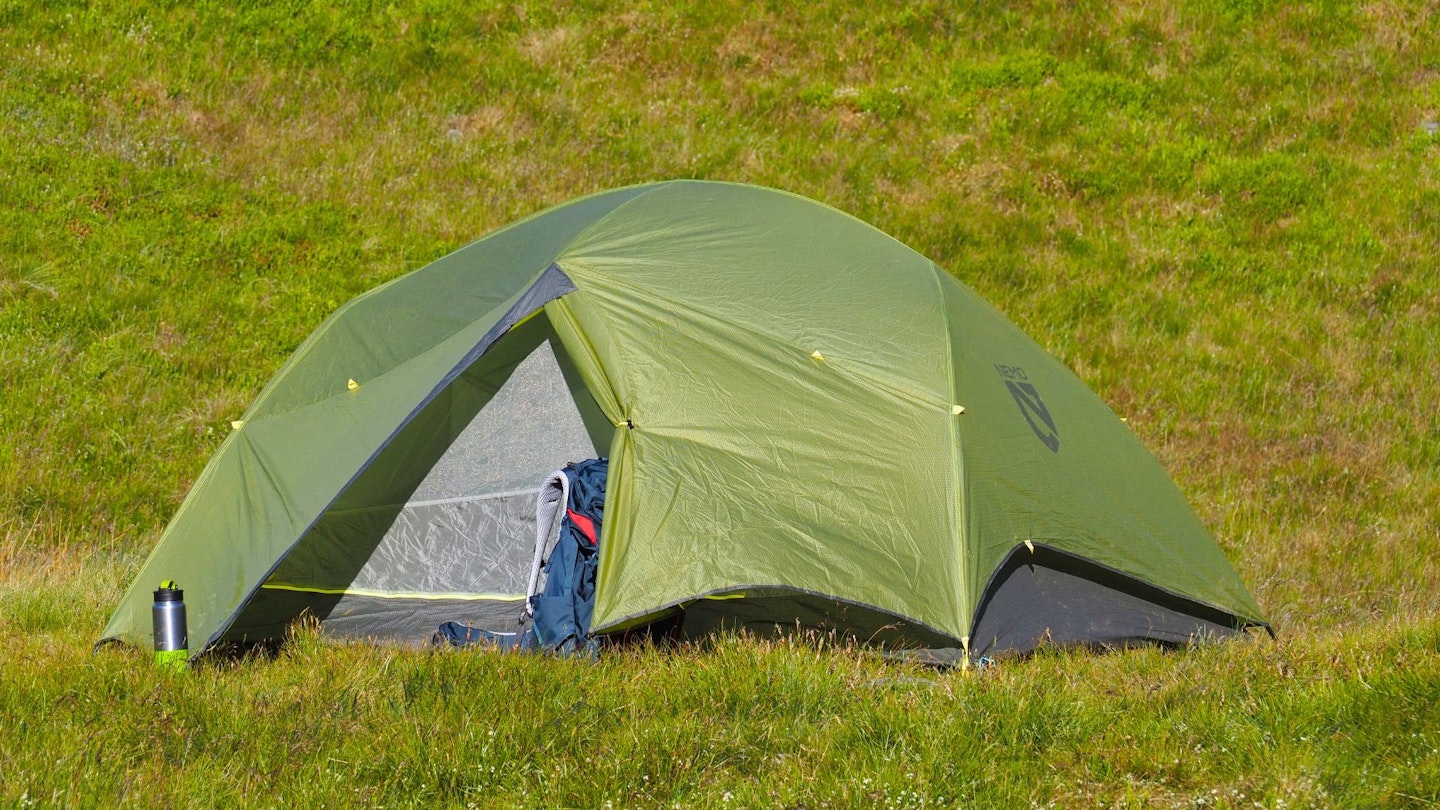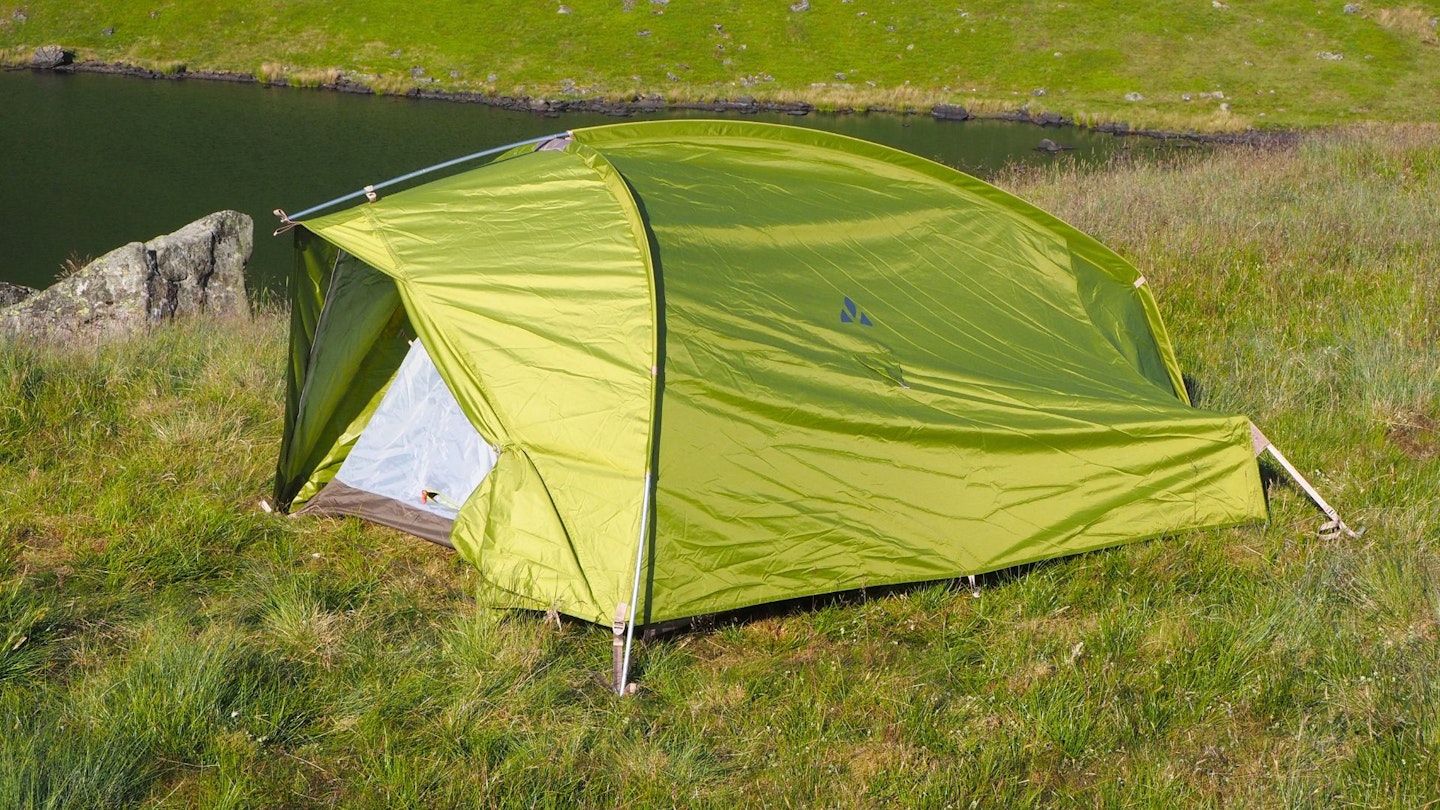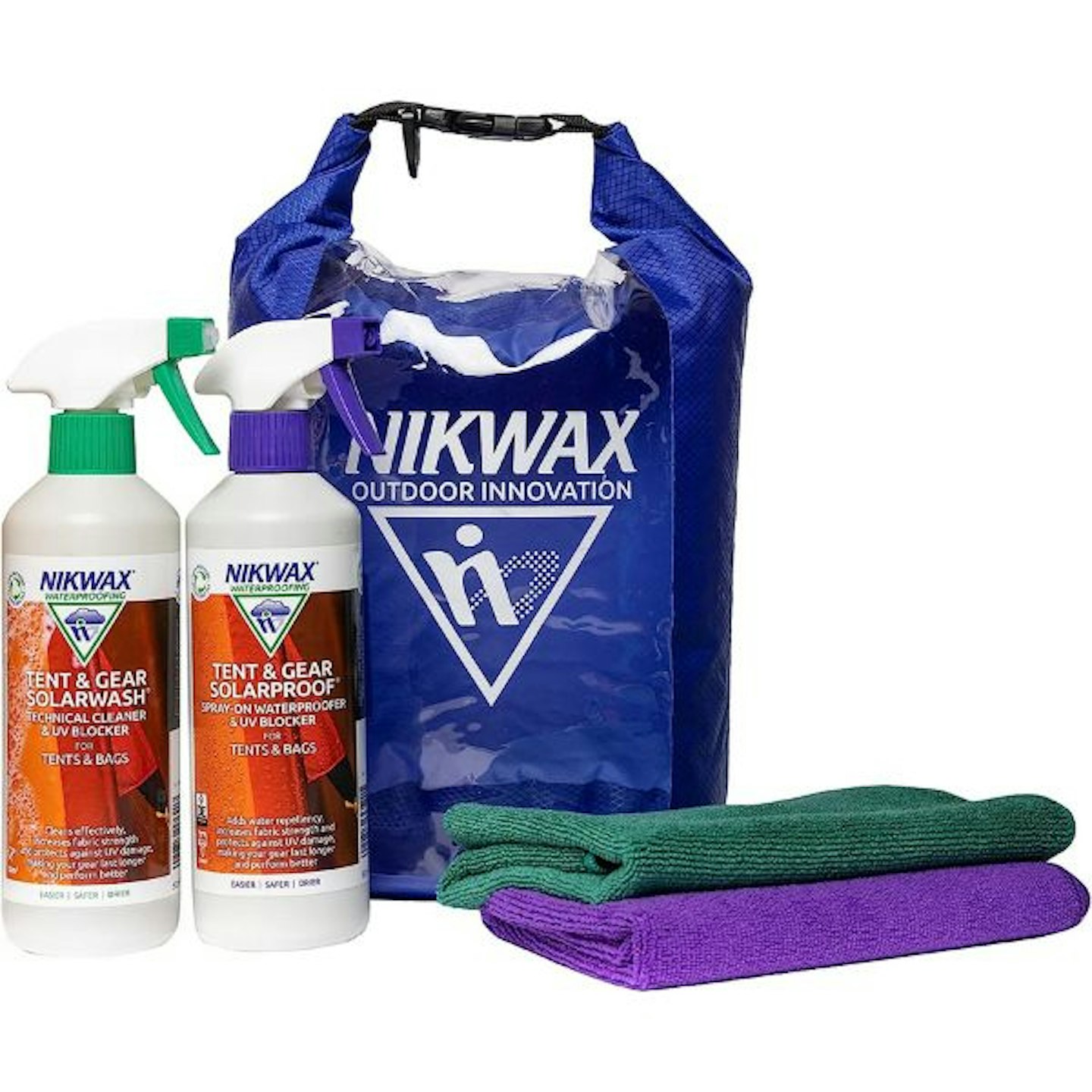In the world of hiking tents, seldom are three-person tents used to accommodate three people. They're normally used by two people who want more internal space than what the two-person version of any particular backpacking tent can offer.
From the different tent shapes to the dozens of tent brands, there is a lot to discover about tents. And that's before you get to the finer but equally important details regarding size, weight, durability, sustainability, and other features.
The first thing to do is to decide whether you need a tent for a camping ground or for hiking and wild camping (see our best wild camping tents, if so). The former can be bigger, heavier, and more spacious because it gets transported in the car. Hiking tents need to be lighter and compact. But within hiking tents, you then need to decide if you want toughness and weatherproofing as priorities or low weight and space.
There's a lot to think about when you're trying to find the ideal three-person tent. To help you along, we've tested and recommended the best three-person tents for hiking and camping. Further down, you can also find buying and tent care advice.
What are the best three-person tents of 2025?
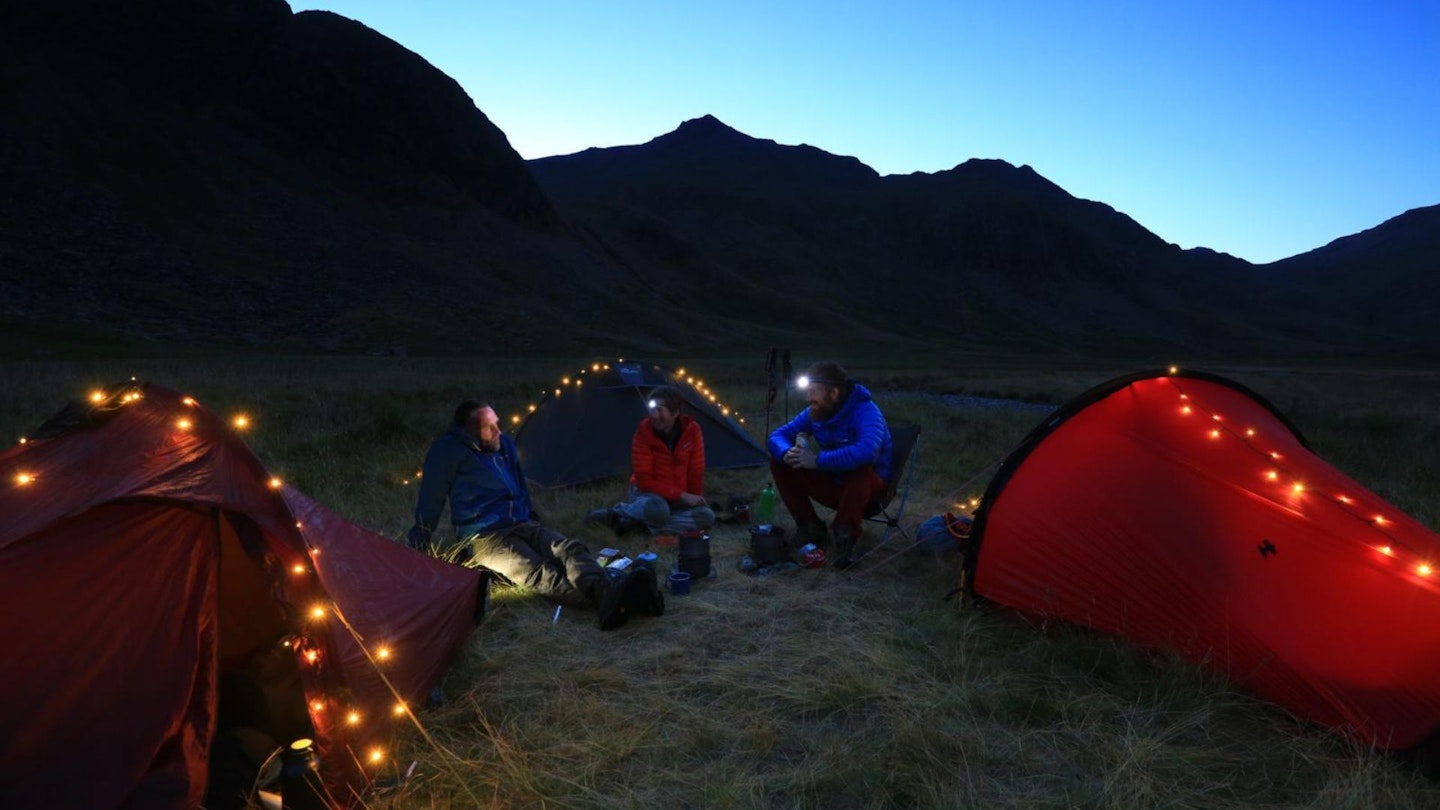
Best in Test: Jack Wolfskin Eclipse III
Best Value: Alpkit Jaran 3
Best lightweight 3-person tent: NEMO Dagger OSMO 3P
Editor's note: This article was last update in summer 2024, after another round of testing in the Lake District fells.
How we tested the best three-person tents
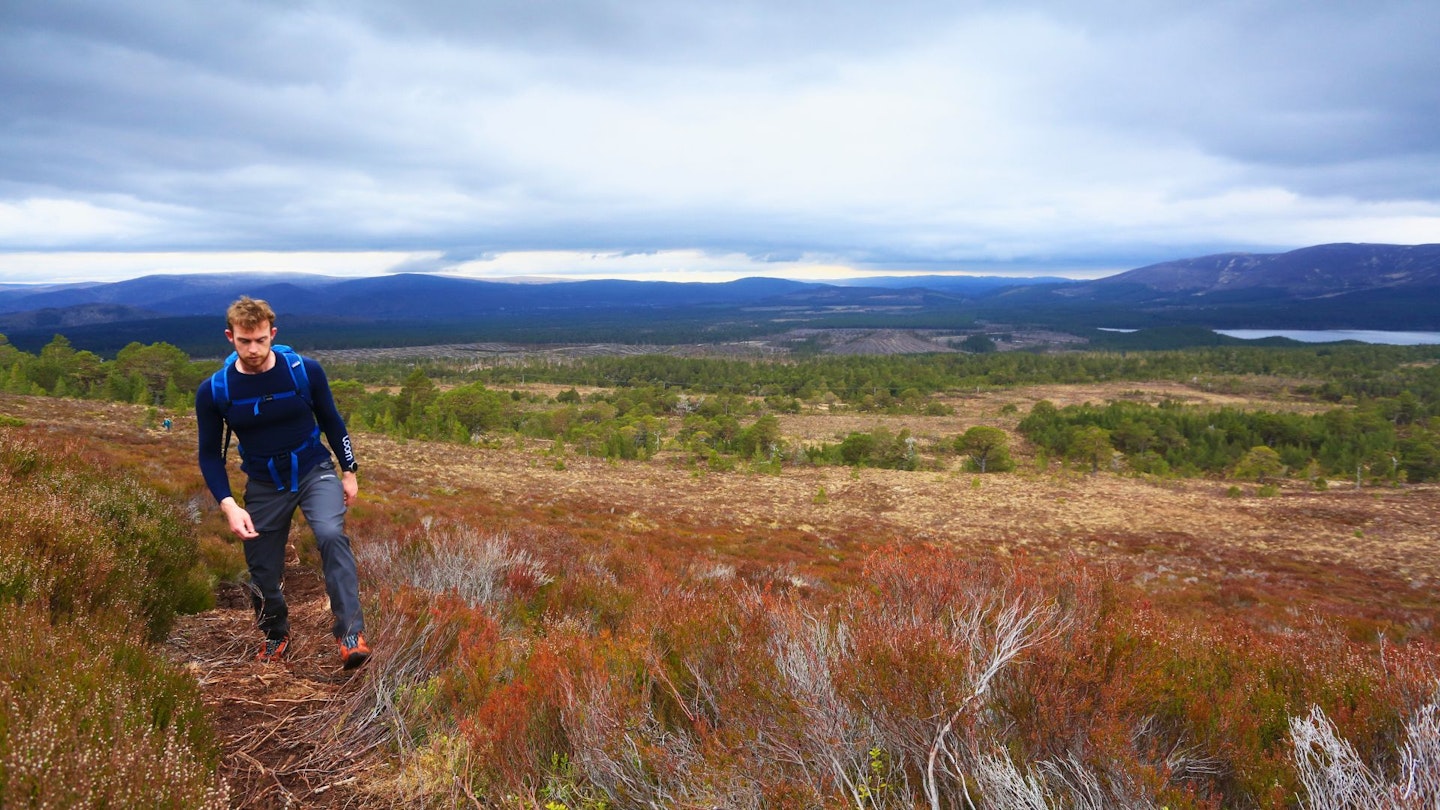
We like to think of ourselves as tent experts. For the last three decades, we've been using and testing everything from bivvies and hammocks to large family tents on our hiking and camping adventures. When going as a pair, we often use three-person tents because they offer a bit of extra living space compared to two-person models, which is always welcome, but seldom occupy more space.
Most of the tents recommended here were tested by Chris Williams (pictured above) in the British Lake District with his partner. Chris is from New Zealand and has a wealth of hiking and trekking experience in some of the world's most remote landscapes. He also has several years' experience working in the outdoor industry and as a journalist.
Best three-person tents reviewed:
What cements the Eclipse III as our overall pick for three-person tents is its versatility. There are lighter tents, there are bigger tents. But for hiking and camping, it's remarkably adept at both.
This is because the Eclipse III reasonably compact when packed down, spacious when pitched, and made from noticeably more durable fabrics than dedicated hiking tents.
The only drawback here is that it's heavier than most hiking tents. Some of the lightweight options here weigh less than half what the Eclipse III does. Nevertheless, it's still manageable in a larger pack when you're sharing the equipment-carrying duties with others.
We also rate the Eclipse III highly because it's quite sustainable, being mostly made from recycled materials and being PFC-free. Jack Wolfskin is also a Fair Wear Foundation member with 'Leader' status.
Check out our full Jack Wolfskin Eclipse III tent review
Pros
- Versatile for hiking and camping
- Sustainable
- Very good weather protection
Cons
- Not the lightest tent of this type
| Type: | Freestanding dome |
| Weight: | 5.2kg |
| Packed size: | 54 x 22cm |
| Doors: | 2 |
| Vestibules: | 2 |
| Inner: | 68D polyester |
| Fly: | 75D polyester (4,000mm HH) |
| Groundsheet: | 150D polyester (10,000mm HH) |
| Poles: | Fibreglass |
Where the Jack Wolfskin Eclipse III is a more 'standard' dome tent, the Jaran 3 leans more towards a lightweight hiking tent.
It has two crossing poles and a central beam to improve stability and increase internal space. The Jaran 3 weighs half what the Jack Wolfskin Eclipse III does and is a bit more compact when packed away too.
The Jaran 3 has lighter fabrics but still compares well against other lightweight hiking tents in terms of durability. The fly colour is very discreet, and we also like the mesh-heavy inner, which is great for stargazing if the conditions are conducive.
Alpkit itself is quite a sustainable brand, being a certified B Corp, and the Jaran 3 is PFC-free, but it doesn't use recycled fabrics.
Check out our full Alpkit Jaran 3 tent review
Pros
- Lightweight
- Good flysheet coverage
- Guy lines are pre-attached
Cons
- Jack Wolfskin Eclipse III has better eco credentials
| Type: | Freestanding dome |
| Weight: | 2.36kg |
| Packed size: | 45 x 15cm |
| Doors: | 2 |
| Vestibules: | 2 |
| Inner: | 15D nylon and 20D nylon mesh |
| Fly: | 40D nylon (2,000mm HH) |
| Groundsheet: | 40D nylon (3,000mm HH) |
| Poles: | 7001-T6 aluminium |
NEMO's Dagger OSMO 3P is even lighter than the Alpkit Jaran 3. It manages a packed weight of 2.1kg. This tent uses NEMO's proprietary OSMO fabric. The name means diddly squat, but OSMO is a unique poly-nylon that is fully recycled and PFC-free. It also manages to stretch a lot less than other tent fabrics when wet, which really aids water repellency.
OSMO goes a long way to explain why this tent is so expensive. But there's more to it. The design is remarkably spacious, offering the best floor area of all the hiking tents here and an impeccable space-to-weight ratio as a result.
There are some extras you get with the Dagger OSMO 3P you don't find on the other tents here. These include Nightlight Pockets that create an even glow when you put a head torch in them. There's also a Landing Zone tub you clip onto the tent to create a storage mat in the vestibule.
Check out our full NEMO Dagger OSMO 3-Person tent review
Pros
- Excellent internal space and storage
- Useful 'Landing Zone' gear mat
- PFC-free and recycled
Cons
- Plastic fly clips don't feel particularly durable
- Not the best fly coverage
| Type: | Freestanding dome |
| Weight: | 2.1kg |
| Packed size: | 50 x 16cm |
| Doors: | 2 |
| Vestibules: | 2 |
| Inner: | Nylon |
| Fly: | OSMO (2,000mm HH) |
| Groundsheet: | OSMO (2,000mm HH) |
| Poles: | DAC Featherlite NSL |
The Taurus 3P is the only tent here that pitches with the inner and fly together. That's a big plus point for pitching in the rain. Like the Jack Wolfskin Eclipse III, the Taurus 3P also uses much tougher fabrics than other lightweight hiking tents. Yet, unlike the Eclipse III, manages to keep the weight right down.
Where the tents above are all dome-type tents, the Taurus is more of a backpacking-style tent. It's free-standing, suitable for three-season use, and very easy to pitch, thanks to the all-in-one pitching style.
However, it's not as spacious as the others, mainly in terms of width. Measuring 165cm wide, tapering to 140cm at the end, it's great for two people but quite a squeeze for three. You'd all have to be very familiar with one another. You also have to buy extra pegs for the guy lines.
The Taurus is quite sustainable. Vaude offsets the lifecycle emissions of its products via myclimate carbon offset projects. Vaude is a Fair Wear Foundation member with 'Leader' status, and the Taurus has a PFC-free DWR.
Check out our full Vaude Taurus 3P tent review
Pros
- Pitches inner and fly together
- Good waterproof ratings
- Tough fabrics
- PFC-free DWR
Cons
- Guy line pegs not supplied as standard
- Pretty tight squeeze for 3 people
- Scarce availability
| Type: | Backpacking |
| Weight: | 2.75kg |
| Packed size: | 55 x 20cm |
| Doors: | 1 |
| Vestibules: | 1 |
| Inner: | 68D polyester |
| Fly: | 75D polyester (3,000mm HH) |
| Groundsheet: | 70D nylon (5,000mm HH) |
| Poles: | 6061 aluminium 10.9mm |
This tent beats even the NEMO Dagger OSMO 3P for lightness but is more spartan. The Tungsten UL 3P is a simple but well-thought-out construction, using pre-bent poles to make the walls more vertical and, therefore, increase living space.
It works a treat, helped even more by the fact that the entire inner, apart from the floor, is mesh. With or without the fly, it's an incredibly breathable tent, and the fly still offers good coverage right to the ground.
Inside, there are only a couple of corner pockets for storage, but the vestibules are larger than those on the NEMO Dagger OSMO 3P, for example. It's certainly not the toughest tent either. On the lightness-hardiness scale, the Tungsten UL 3P leans noticeably in favour of lightness.
Check out our full Marmot Tungsten UL 3P tent review
Pros
- Very lightweight
- Decent internal space
- Very easy to pitch
- Good flysheet coverage
Cons
- Hard to gauge eco-credentials
- Not the toughest tent
| Type: | Freestanding dome |
| Weight: | 1.92kg |
| Packed size: | 59 x 14cm |
| Doors: | 2 |
| Vestibules: | 2 |
| Inner: | 15D nylon mesh |
| Fly: | 20D polyester (silicon and PU coating 1200mm HH) |
| Groundsheet: | 20D nylon (silicon and PU coating 1200mm HH) |
| Poles: | DAC Featherlite NSL |
Camping tents don't need to be big or expensive. Coleman proves this with the Darwin 3+. It's a high-quality little camping tent that has some nice touches but lacks in terms of eco credentials.
With a bedroom measuring 210cm x 180cm, it's not the largest floor area here, but there is a big porch area at the front. There's certainly enough space for two people to sit comfortably. The floor extending into the porch also makes a big difference in comfort.
The Darwin 3+ is a standard dome construction and has good waterproof ratings, capable of dealing with heavy rain.
Unfortunately, there is no mention from Coleman about the use of sustainable fabrics.
Pros
- Great value
- Generous porch area
- Good weatherproofing
Cons
- Not the lightest tent
- No use of eco-friendly materials
| Type | Dome |
| Weight | 4.9kg |
| Packed size | 50 x 19cm |
| Doors | 1 |
| Vestibules | 1 |
| Inner | Polyester |
| Fly | WeatherTec polyester (3,000mm HH) |
| Groundsheet | Waterproof PE groundsheet |
| Poles | Fibreglass |
Camping tents, as opposed to hiking tents, will generally cater for more people and gear, thus, they end up being bigger and bulkier. But we appreciate there are those who want a camping tent that doesn't go too far down the route of bigness and bulkiness. Enter the Vango Beta 350XL CLR. It's an excellently designed tent catering for three adults with ease yet remaining within a reasonable footprint and weight.
It's managed this feat by being quite short. So you get the generous bedroom and a spacious porch, but you can't stand up fully in either. That's not really an issue because you tend to sit in both rather than stand.
We certainly like that this tent is made from recycled plastic, and you don't lose any performance because of it. But it is quite a basic tent, best suited to a campsite. There are no slits for power cords, for example. But at the end of the day, it's very well made, and that's key.
Pros
- Lightweight
- Made from recycled material
- Great value
Cons
- No power cord port
- Too low for standing upright in
| Type: | Tunnel |
| Weight: | 6.6kg |
| Packed size: | 65 x 25cm |
| Doors: | 2 |
| Vestibules: | 1 |
| Inner: | Polyester |
| Fly: | Sentinel Eco fabric (3,000mm HH) |
| Groundsheet: | Waterproof PE groundsheet |
| Poles: | Vango PowerFlex fibreglass poles |
The Fairbanks looks quite different from the other tents here because it's a bell tent shape. Made with a single-wall polycotton fabric, it provides liveability far above synthetic fabric tents.
The Polycotton fabric is better at regulating temperature, meaning it stays cooler in summer and milder in winter. It's also more breathable and durable.
The central pole construction makes the Fairbanks very easy to pitch, and inside, you get a large single space for three people or even four at a push. There is also a surprisingly large porch area. For regular campers who want the best liveability and durability, this is a great tent.
Pros
- Excellent liveability
- Polycotton fabric is breathable and durable
- Easy pitching
Cons
- Heavier and bulkier than synthetic tents
| Type: | Bell |
| Weight: | 9.6kg |
| Packed size: | 77 x 20cm |
| Doors: | 1 |
| Vestibules: | 1 |
| Inner: | N/A |
| Fly: | HydroTex Polycotton |
| Groundsheet: | 210T Oxford polyester (10,000 mm HH) |
| Poles: | Aluminium anodised 36.9-47.5 mm centre pole |
What to look for in a three-person tent
Space
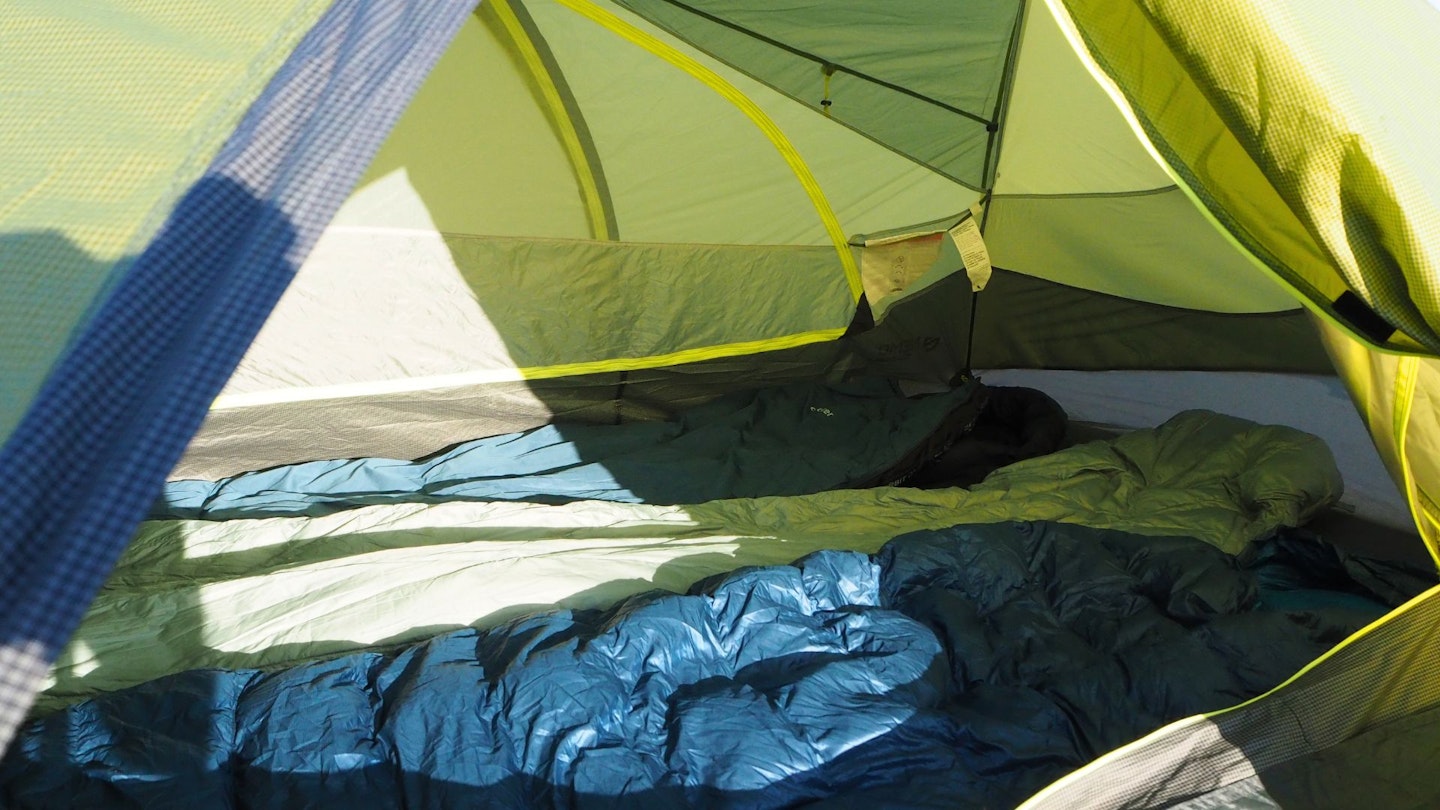
With hiking tents, tough and highly weatherproof designs don't offer the best internal space. Lightweight, less weatherproof models with skeletal pole structures have excellent internal space. Tunnel-shaped tents tend to rule supreme in terms of space-to-weight ratios, though.
Weight and packed size
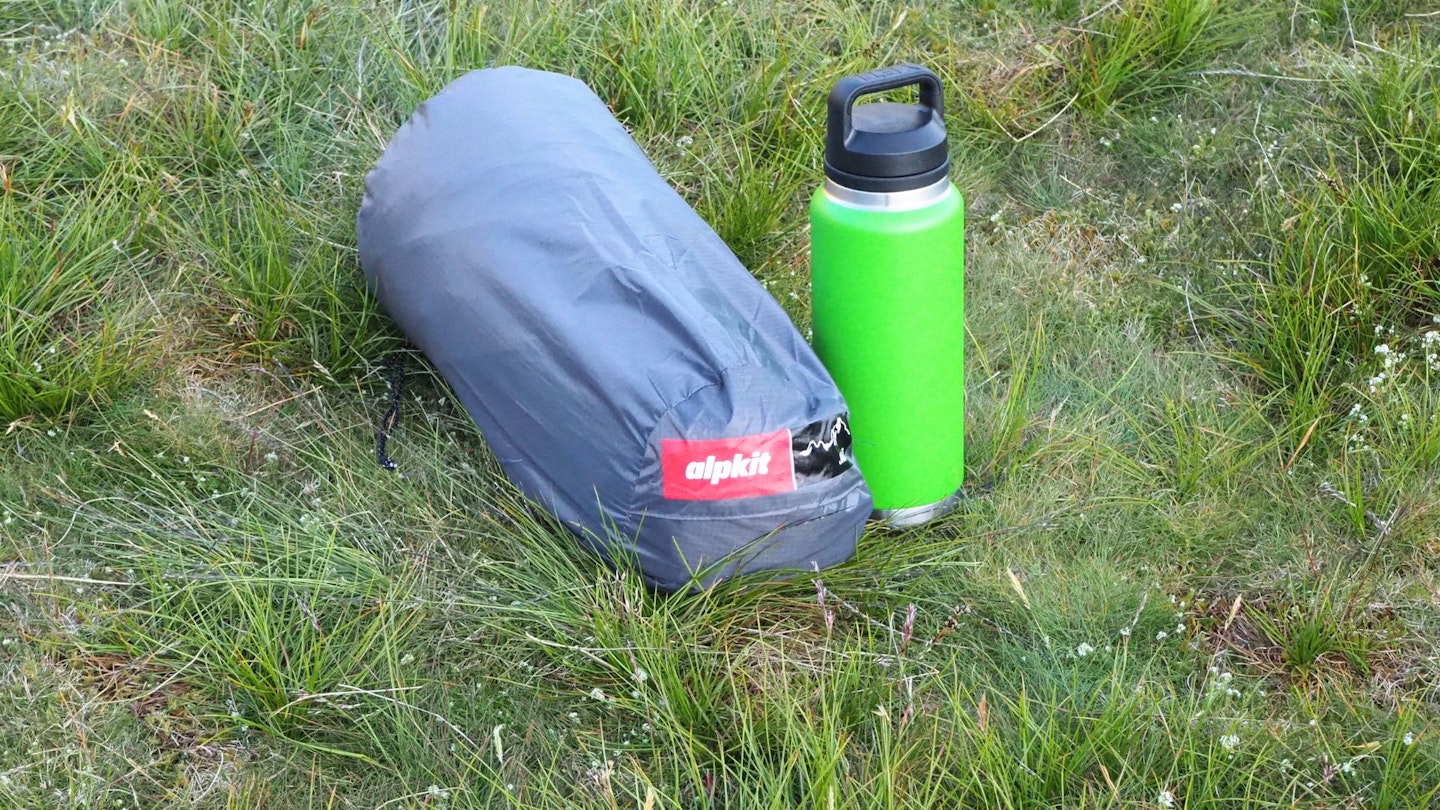
This is key for hikers and part of the reason three-person tents are very popular. They can give that bit of extra room without adding too much weight or girth to the packed size compared to a two-person tent.
Consider your rucksack size and volume, and be sure to check dimensions of a tent's packed size before committing to it.
What's the best tent shape?
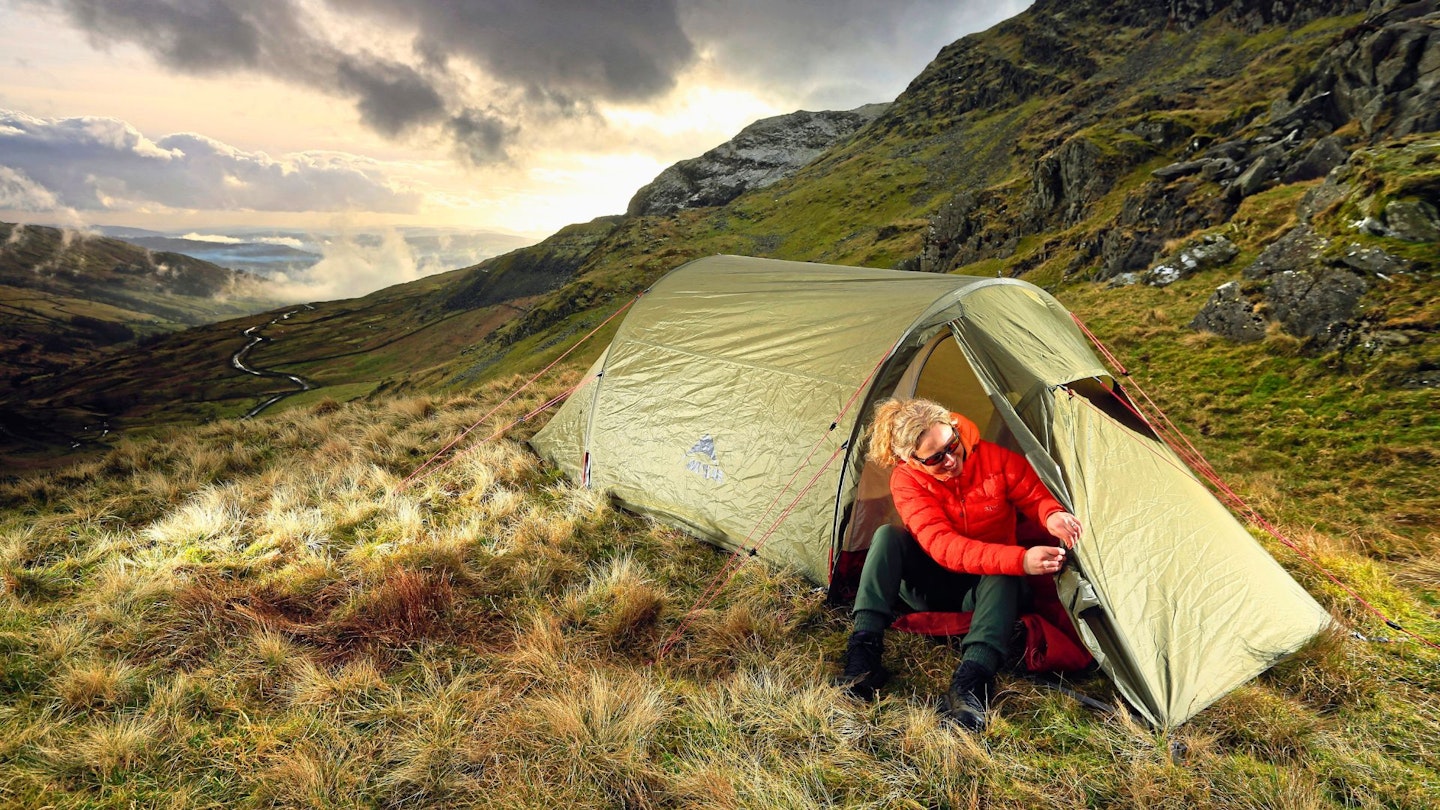
Dome tents and geodesic tents are the most stable shapes and best for dealing with stroppy weather. Tripod and backpacking shapes are lighter than dome and geodesic tents but aren't so weather resistant. Though, weatherproofing is usually still very good.
Tunnel tents are popular for hiking and camping alike. They can be compact and lightweight or large and commodious, depending on the design. They aren't as good in a storm as dome or geodesic tents, but they are usually still pretty good.
What materials are best for a tent?
Most tents these days use nylon or polyester. Nylon is lightweight and strong, and polyester is quite hydrophobic. Both are reasonably inexpensive. Some larger camping tents may use cotton, polycotton, or canvas because these materials have good temperature regulation, are quieter, and are very durable. Though, like leather boots, tents using these materials usually need breaking in to weatherproof the fabric. They're also much heavier than the synthetic fabrics.
Features to look for in a three-person tent
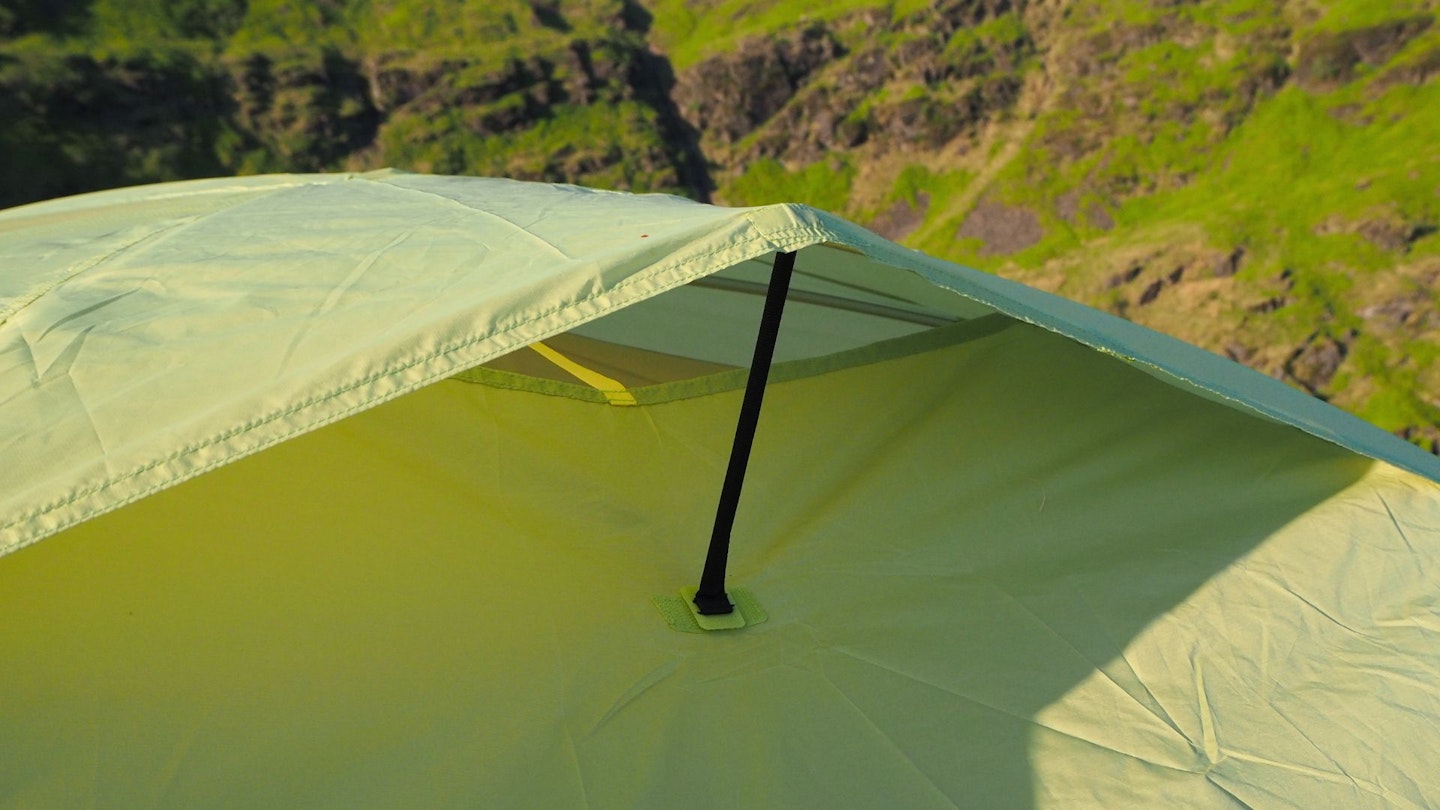
Things such as the number of doors and size of vestibules are important because they heavily influence a tent's liveability. Two opposing doors makes entering and exiting for multiple people much easier, while multiple or generous vestibules help cater for gear and make things more comfortable when the weather sucks.
Are there gear pockets? How many pegs come with it? Do the zips have storm flaps? Think about your intentions for the tent and consider whether it has the right features for the job.
How to clean your tent
All of the three-person tents we have recommended are durable and last many moons, but only if you take care of them as you ought to. This includes cleaning and proofing the fabric, plus making sure the tent is completely dry before storing it.
Tents that are still damp when packed away and stored are the ones that don't last long. Mould quickly sets in, and the fabric gets wrecked. We know that you can't clean and dry your tent while you're away on a hike, and that's all the more reason why it's crucial you do so when you get back home.
For cleaning synthetic, cotton, polycotton, and canvas tents, we recommend Grangers' Tent + Gear Care Kit or Nikwax Tent and Gear SolarWash. Both of these are effective water-based cleaners that clean and also revitalise fabric breathability.
Best tent care kit
Grangers' effective and eco-friendly care kit for tents and outdoor gear such as packs. It even comes with a sponge to help apply the Cleaner solution. The Cleaner and Repel are available to buy individually too.
Pros
- Water-based and PFC-free
- Easy spray-on water repel
- Good value
Cons
- Reproofing spray needs applied quite regularly
Best tent cleaning spray
Nikwax's tent and gear care kit. It's just as good as the Grangers kit and also water-based and PFC-free. SolarWash and SolarProof are available to buy individually.
Pros
- Water-based and PFC-free
- Dry bag included
Cons
- Reproofing spray needs applied quite regularly
Best waterproofer for cotton/canvas
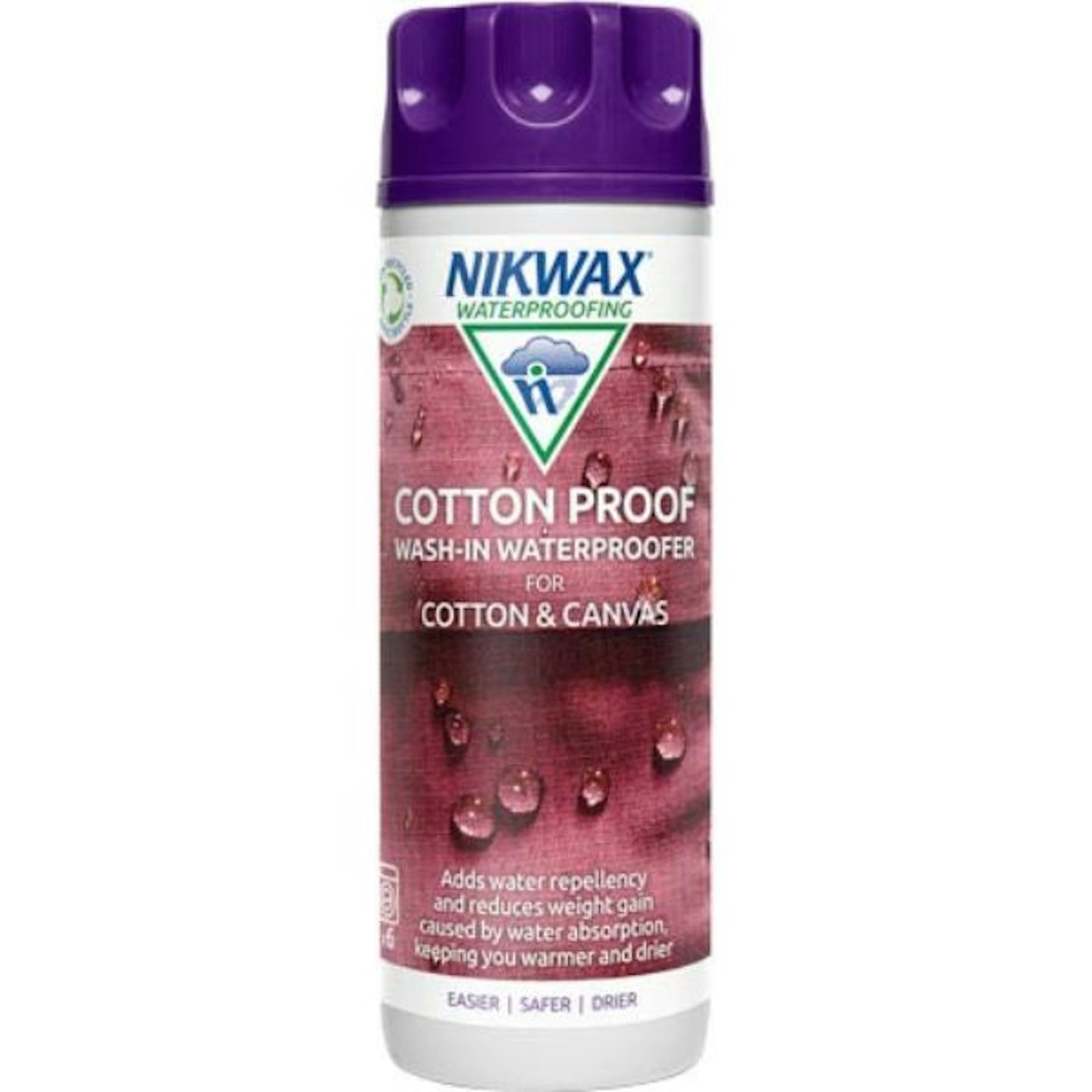
This revives water repellency and breathability to cotton, polycotton, and canvas clothing or gear. It can be applied by hand or in the washing machine. Best used after Nikwax Tech Wash cleaner.
Pros
- For equipment and clothing
- Water-based and PFC-free
Cons
- Doesn't last as long as other water-repellents
About the author
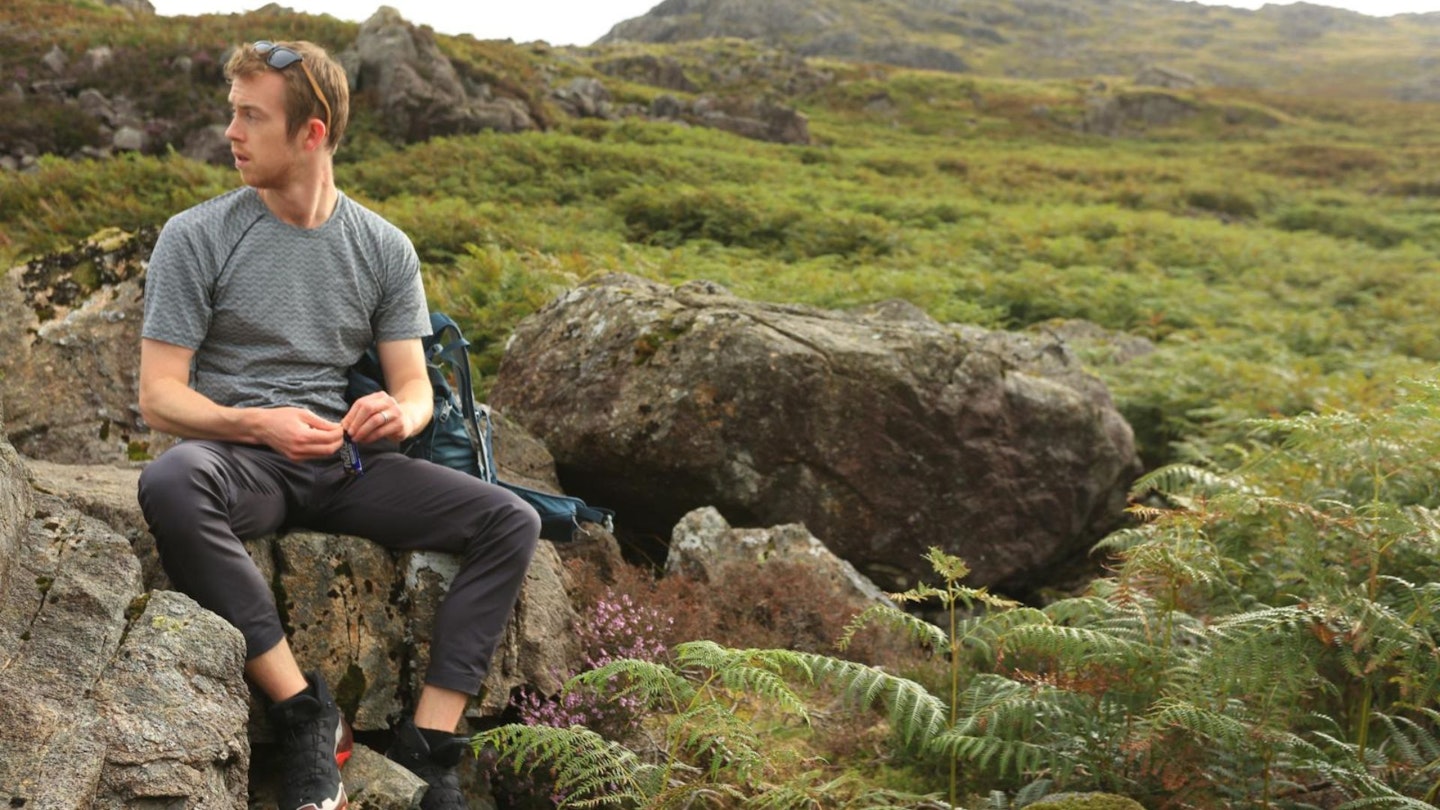
Chris Williams is LFTO's Senior Writer and a gear geek for all things hiking and trekking. He has been part of the LFTO team since 2021, prior to which he worked for one of New Zealand's largest outdoor gear brands.



